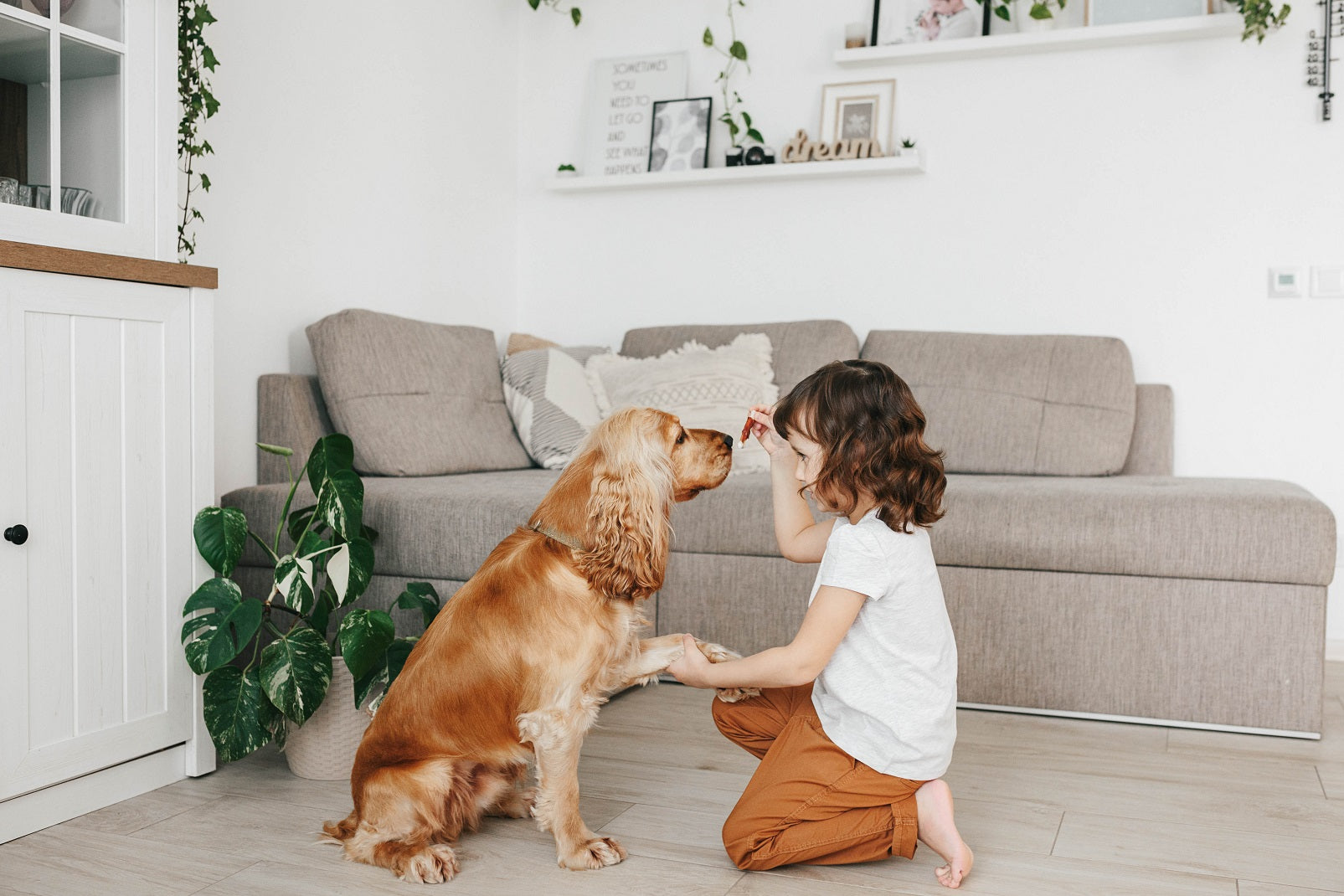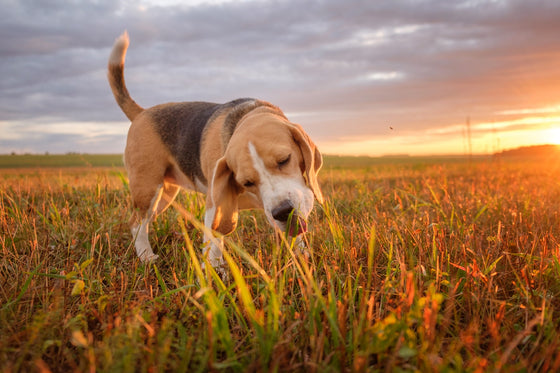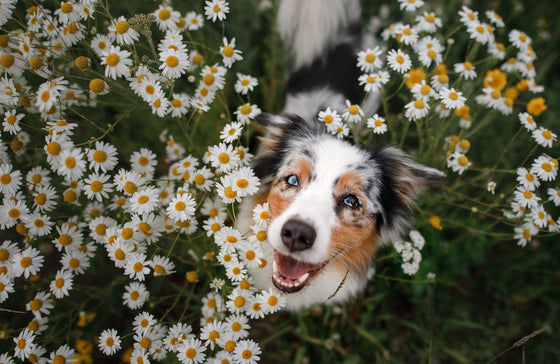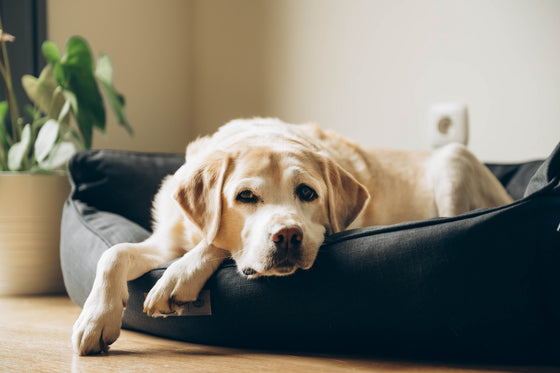
Have you gotten a new furry addition into the family? Aside from all the cuteness overload, there will be days when your dog does something not so cute. That is why it is so important to give your dog proper training, especially early on. In this way bad habits aren't engraved too deeply and you can enjoy your dog's company even more. Here are five training tips we recommend to help keep your home cleaner and help you coexist happily with your new furry friend. You will need to be dedicated to committing at least 10 minutes of training a day to help your dog quickly master all the basic skills.
The first step to training your dog is to teach him how to behave properly before he starts to develop bad habits. One good tip is to make sure to provide your dog with many toys that he can use for exercise and training in the home or outside. In this way, your dog won't try to use your shoe or another one of your personal items as his chew toy.
If you allow your dog to wander about in your house or backyard to find his own source of entertainment, most likely you won't agree with his choice of fun. You will likely come home to finding garbage thrown all over the floor, your plants ruined, and your favorite shoes chewed to smithereens. Avoid that by setting the standard of what your dog can use to play and what he can't.
The first few weeks of training your dog in the house can be quite stressful. One of the most frustrating and difficult habit is teach is potty training. In the beginning, you may find your dog just letting it out everywhere and anywhere in the house. One great way to train your dog is to reward them when they pee in the area you've designated them to pee - such as a potty pad. After some time, your dog will begin to remember the location and link it to the reward he gets. Make sure to praise your dog and pet him whenever they pee in the right spot. This helps to let your dog know that that was good.
On the other hand, some owner may suggest a punishment when training their dog. For example, they suggest rubbing your dogs nose whenever they pee in the wrong area or make a mess so that they learn their lesson. However, this can be too aggressive for your dog, especially if it's a puppy, and they could be frightened. You may decide to increase the tone of your voice to indicate to your dog that you are not happy with their action or use a command that they're familiar with to help your dog understand that what they did was bad.
One great way to train him is to set a good schedule. Whenever you repeat an action, your dog learns it and it makes it easier for him to know what to do next time. For example, you can set a time to feed your dog at the same time every day. You can set a specific time of the day to take your dog out to pee. Like humans, dogs need exercise to stay healthy and fit. You can also set a time to take your dog for walks. After awhile, your dog will realize that everything happens at a certain time, they will know what to do at that time or what to expect. In this way, they are less likely to create an accident in the house.
Another good reason why taking your dog out for a walk is so that you can help release some of the energy your dog has. When your dog is tired after a walk, they are less likely to be overly excited at home and make a mess. Dogs play around mainly to use up the energy they have, which is why a short walk or run is great! Make it a habit to take them for a run either in the morning or evening, but keep it consistent. If you change your dog's schedule too often, it can make it confusing for them and make it harder to house train them certain habits.
Dogs, especially puppies, love to chew as it helps decrease the pain as their teeth start to grow - much like human babies. Your dog will go for anything - your shoe, rugs, pillows, cables, anything - for a good chew. So instead of punishing your dog and trying to stop them from chewing, because this cannot be prevented, give them objects or toys that they are allowed to play with and chew on.
When your dog has a huge selection of objects to chew and play with, he will be less likely to go for your personal items. It may take some time in the beginning to train your dog on what they can and cannot chew. A simple command of "No!" is not enough to help your dog realize that they can't chew that item. You will also need to redirect your dog to their designated chew toys.
Many people believe that the best way to stop a dog's bad habits is to use punishments. While it may work, many dog trainers have found that positive reinforcements had a longer lasting impact on the dog. When you punish your dog, you can stop your dog from doing what he was doing, but you're not telling him what he can do. In addition, punishing your dog can also lead it to become more fearful or aggressive - and I'm sure you don't want to be stuck with an aggressive dog.
Using rewards can help the dog learn good habits and help them repeat those good habits so that they can get those rewards. So when your dog makes a mistake, instead of punishing him, try showing him the right thing to do and then reward him whenever he does well. You will gradually see your training pay off and your dog developing more and more good habits.


Spring is finally here, and as a dog owner, it's important to make sure your furry friend is ready for the season. With a little bit of effort, you can help your furry friend transition smoothly into the spring season.
Here are seven dog care tips to keep in mind:
